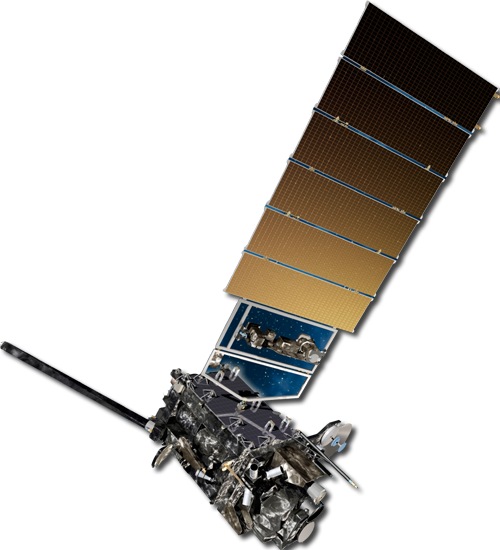The Electromagnetic Radiation

The EM Spectrum and Radiation theory
In the atmospheric sciences, "electromagnetic radiation" is commonly referred to as simply "radiation." Radiation is the basis for remote sensing technology. Because radiation can transport energy without a medium, it is the only way in which the earth interacts with the rest of the universe. Radiation theory starts with the fundamental law that all objects with a temperature above absolute zero emit radiation.
Earth's Radiation Budget
The ultimate energy source for our weather and climate is solar radiation from the Sun. The earth also emits radiation called terrestrial or longwave radiation which is less energetic than solar radiation and therefore characterized by longer wavelengths, typically around 10 Ám. The Earth's climate system constantly tries to maintain a balance between the energy that reaches the Earth from the Sun and the energy that is emitted to space. Scientists refer to this process as Earth's radiation budget.
Stefan-Boltzmann Law
The difference between terrestrial and solar radiation is best explained by the Stefan-Boltzmann Law which states that the amount of energy per square meter per second that is emitted by an object is related to the fourth power of its Kelvin temperature. Therefore, a warmer object emits significantly more radiation than a cooler object. For example, the Sun emits about 160,000 times as much energy as the Earth because it is about 20 times hotter.
Wien's Law
Another law critical to understanding radiation and satellite technology states that the temperature of the emitting body affects the wavelength of the radiant energy emitted. German physicist Wilhelm Wien (pronounced "ween") won the 1911 Nobel Prize in physics for this discovery. Wien's Law is simple division:
| Wavelength (µm) of maximum = | 2900 |
| —————————————— | |
| object's temperature in Kelvin |
Wien's Law can be summarized as, the hotter an object, the shorter the wavelength of maximum emission of radiation.
Kirchhoff's Law
If an object absorbs electromagnetic energy of a certain wavelength, it will also emit energy at that wavelength. This is Kirchhoff's Law, stated more directly as: A good absorber of radiation is also a good emitter of radiation at that same wavelength. It is important to remember that how much radiation an object emits depends on its temperature.
| 4 / 7 |





